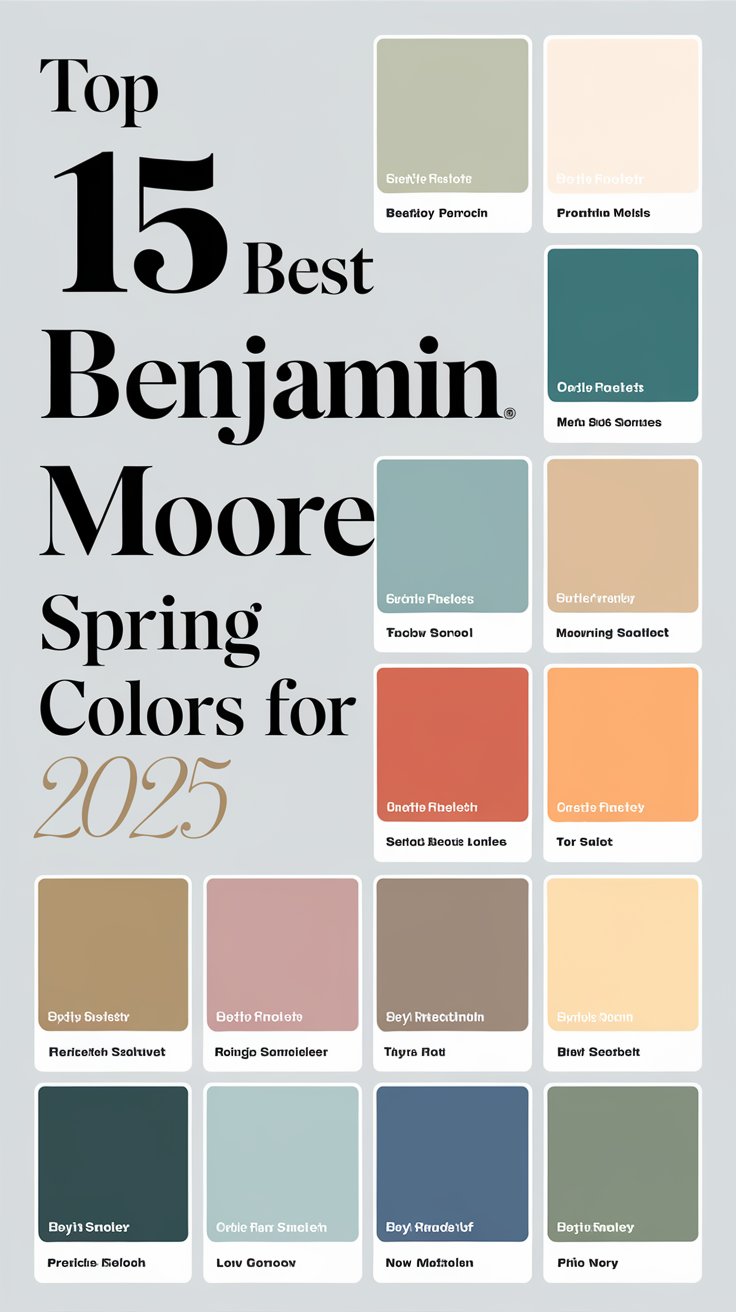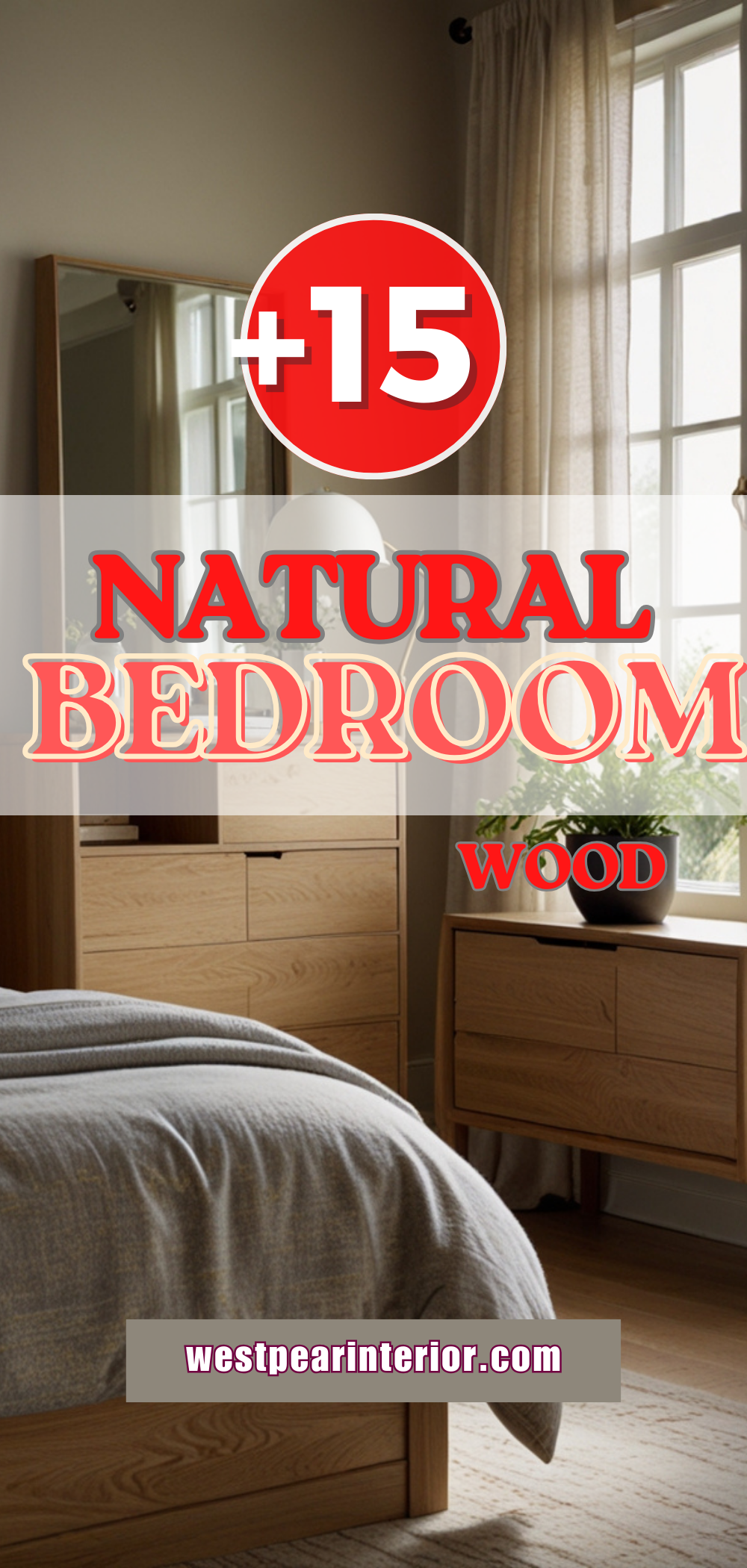Discover how to choose the perfect bedroom rug style to elevate your space and create a cozy sanctuary.
Do you have a preferred style for bedroom rugs?
As a daily routine with an interior designer, selecting a bedroom rug involves considering various factors such as the size of the room, furniture placement, and overall color scheme. Opt for a rug that complements the existing decor and adds warmth to the space. In terms of home decorating, choose a rug that coordinates with the wall paint color or other textiles in the room. If the room has a neutral color palette, consider a rug with a pop of color to add visual interest. For efficient space planning in interior design, ensure the rug is appropriately sized to anchor the furniture in the bedroom. Interior designers often recommend rugs with textures or patterns to add depth to the room. When matching color or hues, use a color wheel to find complementary or analogous colors that harmonize with the rug. Properly coordinated rugs can enhance the overall look of the bedroom and tie the design elements together.
My Lovely Spring Paint for 2025
Ready for a Spring Makeover? Explore the Freshest 2025 Paint Trends!
White Sage/Green SW Pistachio green Soft blue Honeysweet/Orange Pink Sugar Sage Tint BMAs an Amazon Associate, I may earn a commission from qualifying purchases at no extra cost to you.
Choosing the right size of rug for a bedroom is crucial to enhance the overall look and feel of the space. The rug should define the area around the bed and create a cozy atmosphere. An appropriately sized rug can visually expand the room and provide comfort underfoot. To determine the ideal rug size for a bedroom, measure the area around your bed and ensure that the rug extends at least 18 inches beyond the sides of the bed. This will create a balanced look and prevent the rug from appearing too small or awkward in the room.
When selecting materials for bedroom rugs, it is essential to prioritize durability and comfort. Natural fibers like wool and cotton are popular choices as they are soft, easy to clean, and long-lasting. Wool rugs are known for their resilience and can withstand high traffic areas, making them ideal for bedrooms. Additionally, cotton rugs offer a soft and cozy feel underfoot while being relatively easy to maintain. Synthetic materials like polyester and nylon are also good options for bedroom rugs due to their stain resistance and affordability.
Layering rugs in a bedroom can add a unique and stylish touch to the decor. By combining different textures, colors, and patterns, you can create a visually appealing look that adds depth and dimension to the room. Consider layering a small rug on top of a larger one to highlight a specific area, such as under the bed or in a sitting area. Mixing and matching rugs can help you achieve a personalized and eclectic style that reflects your taste and personality.
My fAV Spring DECOR for 2025
Discover Spring’s Best 2025 Decor Combinations – Perfect for Any Room!
Oversized Indoor Plants White Curved Sofas Rugs BOH Brown Cream Moroccan Hype Boho Rug Outdoor Patio Furniture Sets Topfinel Pillow CoversAs an Amazon Associate, I may earn a commission from qualifying purchases at no extra cost to you.
The choice of rug colors in a bedroom largely depends on the existing decor style and color scheme. For a neutral or minimalist bedroom, a rug in soft tones like beige, gray, or cream can create a harmonious and serene atmosphere. In contrast, bold and vibrant rugs can make a statement in modern or eclectic bedrooms by adding a pop of color and personality to the space. Consider the overall ambiance you want to achieve and select a rug color that complements the existing furnishings and decor elements.
To keep your bedroom rug looking its best, regular cleaning and maintenance are essential. Vacuum the rug at least once a week to remove dust and dirt, paying close attention to high-traffic areas. For deeper cleaning, consider professional rug cleaning services to ensure thorough removal of stains and odor. Additionally, rotate the rug periodically to prevent uneven wear and fading. In case of spills or stains, act quickly by blotting the area with a clean cloth and using mild soap and water to clean the affected area.
Certain rug patterns are better suited for bedrooms depending on the desired aesthetic. Geometric patterns like stripes, chevron, or lattice can add a modern touch to the room, while floral or botanical motifs create a romantic and cozy vibe. Abstract patterns offer a contemporary look and can be a focal point in the bedroom decor. Consider the scale of the pattern in relation to the room size and existing furnishings to ensure a balanced and visually pleasing effect.
Rugs can indeed help with sound insulation in a bedroom by absorbing noise and reducing echo. Placing a rug under the bed or in the sitting area can help dampen sound, especially in rooms with hard flooring surfaces like wood or tile. Opt for a thick and dense rug with a good pile height to maximize its sound-absorbing qualities. Additionally, consider using rug pads underneath the rug to further enhance sound insulation and prevent slippage on smooth floors.
When it comes to selecting the right rug for your bedroom, personal preference plays a significant role in determining the style that best suits your taste and decor. Whether you prefer a classic, cozy rug for a traditional bedroom or a bold, contemporary rug for a modern space, there are endless possibilities to explore. Experiment with different styles, colors, and textures to find a rug that not only enhances the visual appeal of your bedroom but also complements your lifestyle and design preferences.
Key Takeaways:
– Choosing the right size of rug is essential to define the space around the bed and create a cozy atmosphere in the bedroom.
– Prioritize durability and comfort when selecting rug materials, such as wool, cotton, polyester, or nylon.
– Layering rugs can add a unique and stylish touch to bedroom decor by combining textures, colors, and patterns.
– Consider the existing decor style and color scheme when choosing rug colors to harmonize with the room’s ambiance.
– Regular cleaning and maintenance are necessary to keep a bedroom rug looking fresh and vibrant.
– Select rug patterns that complement the bedroom decor and balance the scale of the pattern with the room size.
– Rugs can help with sound insulation in a bedroom by absorbing noise and reducing echo, especially on hard flooring surfaces.







